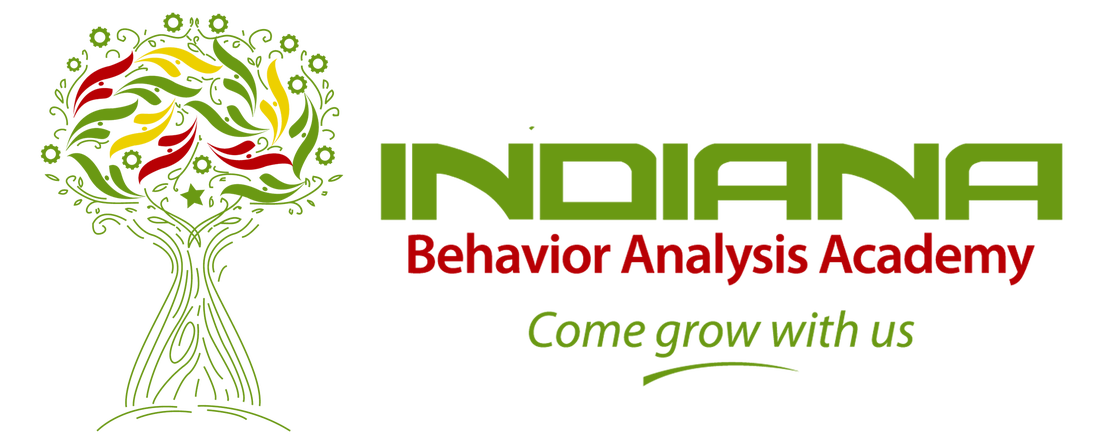WHAT IS APPLIED BEHAVIOR ANALYSIS?
Applied behavior analysis (ABA) is a discipline that focuses on the application of behavioral science in a variety of settings such as homes, learning centers, schools, and/or the community with the aim of addressing socially important issues such learning new skills and reducing behavior problems.
Board certified behavior analysts develop individualized programs that utilize contingent reinforcement as well and other important principles of behavior analysis to teach new skills, generalize existing skills, and/or reduce undesirable behaviors.
ABA stresses the need for data based decision making. Program modification should only occur after information and data analysis supports the need for change. Continual data collection allows behavior analysts to quickly identify progress as well as potential concerns.
There are many different teaching strategies included under the umbrella of Applied Behavior Analysis. These include shaping and chaining behaviors that are used to teach many life skills. In addition, ABA includes specific teaching strategies such as discrete trial instruction, pivotal response training, incidental teaching, fluency based instruction and many more. Each of these instructional techniques has a rich empirical support base. The behavior analysts at Indiana Behavior Analysis Academy would be happy to provide you with more information about ABA and the many techniques that can be utilized to teach new skills and/or decrease problematic behavior.
References
Baer, D.M., Wolf, M.M., & Risley, T.R. (1968). Some current dimensions of applied behavior analysis. Journal of Applied Behavior Analysis. 1, 91-97.
Applied behavior analysis (ABA) is a discipline that focuses on the application of behavioral science in a variety of settings such as homes, learning centers, schools, and/or the community with the aim of addressing socially important issues such learning new skills and reducing behavior problems.
Board certified behavior analysts develop individualized programs that utilize contingent reinforcement as well and other important principles of behavior analysis to teach new skills, generalize existing skills, and/or reduce undesirable behaviors.
ABA stresses the need for data based decision making. Program modification should only occur after information and data analysis supports the need for change. Continual data collection allows behavior analysts to quickly identify progress as well as potential concerns.
There are many different teaching strategies included under the umbrella of Applied Behavior Analysis. These include shaping and chaining behaviors that are used to teach many life skills. In addition, ABA includes specific teaching strategies such as discrete trial instruction, pivotal response training, incidental teaching, fluency based instruction and many more. Each of these instructional techniques has a rich empirical support base. The behavior analysts at Indiana Behavior Analysis Academy would be happy to provide you with more information about ABA and the many techniques that can be utilized to teach new skills and/or decrease problematic behavior.
References
Baer, D.M., Wolf, M.M., & Risley, T.R. (1968). Some current dimensions of applied behavior analysis. Journal of Applied Behavior Analysis. 1, 91-97.
Questions? We're happy to help.
CONTACT INFORMATION
CONNECT WITH IBAA Indiana Behavior Analysis is an S Corp, solely owned by the Director of Operations, Lisa Steward.
|
SITEMAPHOME
GETTING STARTED Diagnosis Criteria Enrollment Process ABOUT Our Services Our Facilities Our Team CONNECT Contact Us Events Photos RESOURCES ABA Defined Autism Diagnosis FAQ Additional Resources |
CONTACT INFORMATION
Phone: 765-419-0411 General Fax: 765-340-7486 Billing/Referral Fax: 800-727-9914 E-mail: info@indianabaa.com Locations: Early Learning Center: 1315 E Hoffer St., Kokomo IN, 46902 Intermediate Learning Center: 125 W Taylor St., Kokomo IN, 46901 Options Charter School with ABA: 114 W. Jackson St., Kokomo IN 46901 Insurance Accepted:
Blue Cross Blue Shield CareSource Cenpatico MHS Cigna Beacon (Formerly Value Options) MDWise Indiana Medicaid Indiana ProHealth Network Optum: United Healthcare United Healthcare Medicaid Anthem Medicaid |
|
©
2023- Indiana Behavior Analysis Academy

